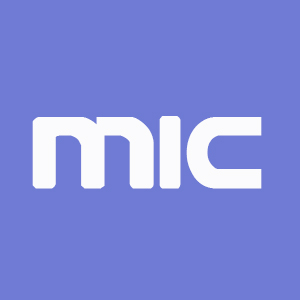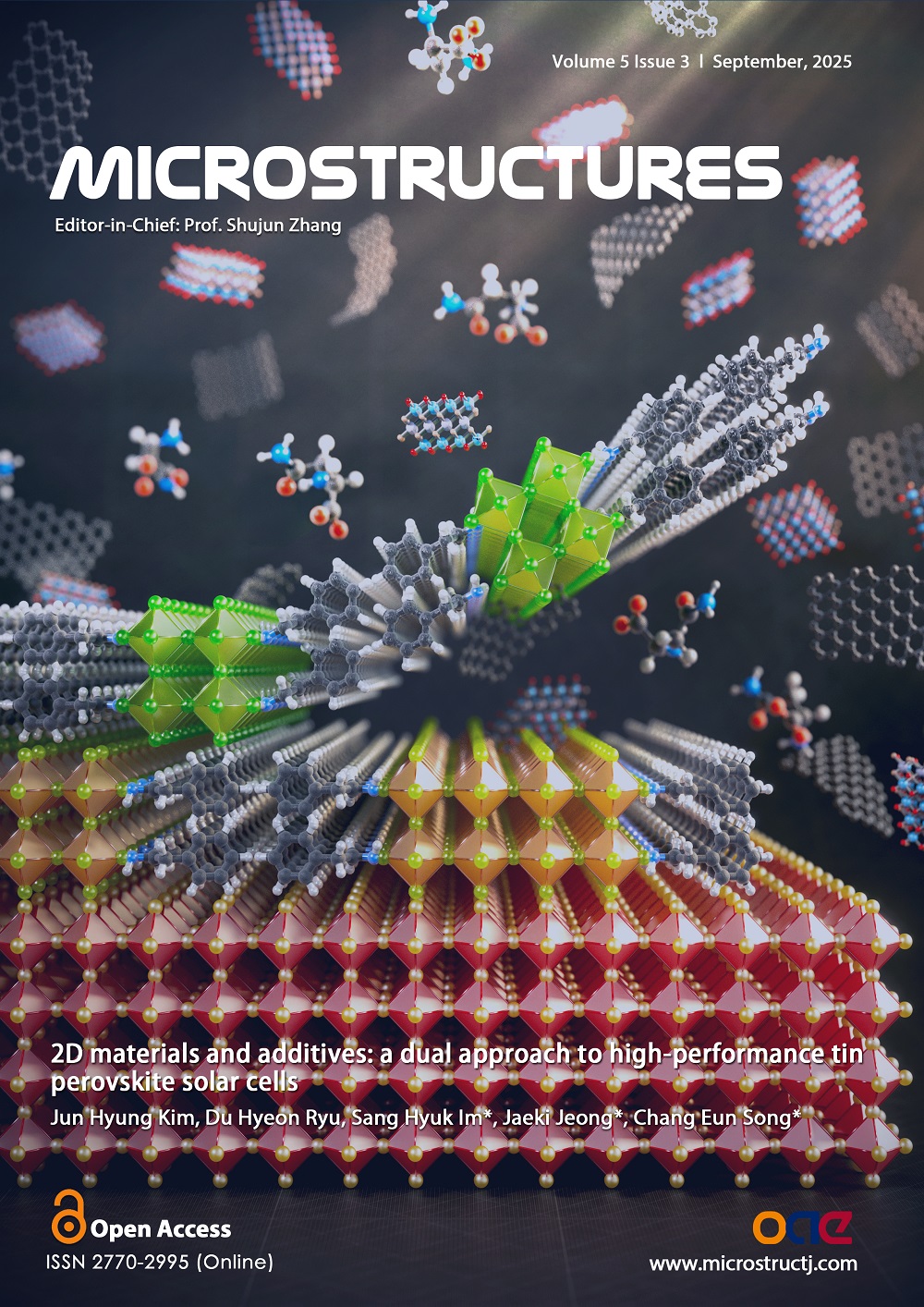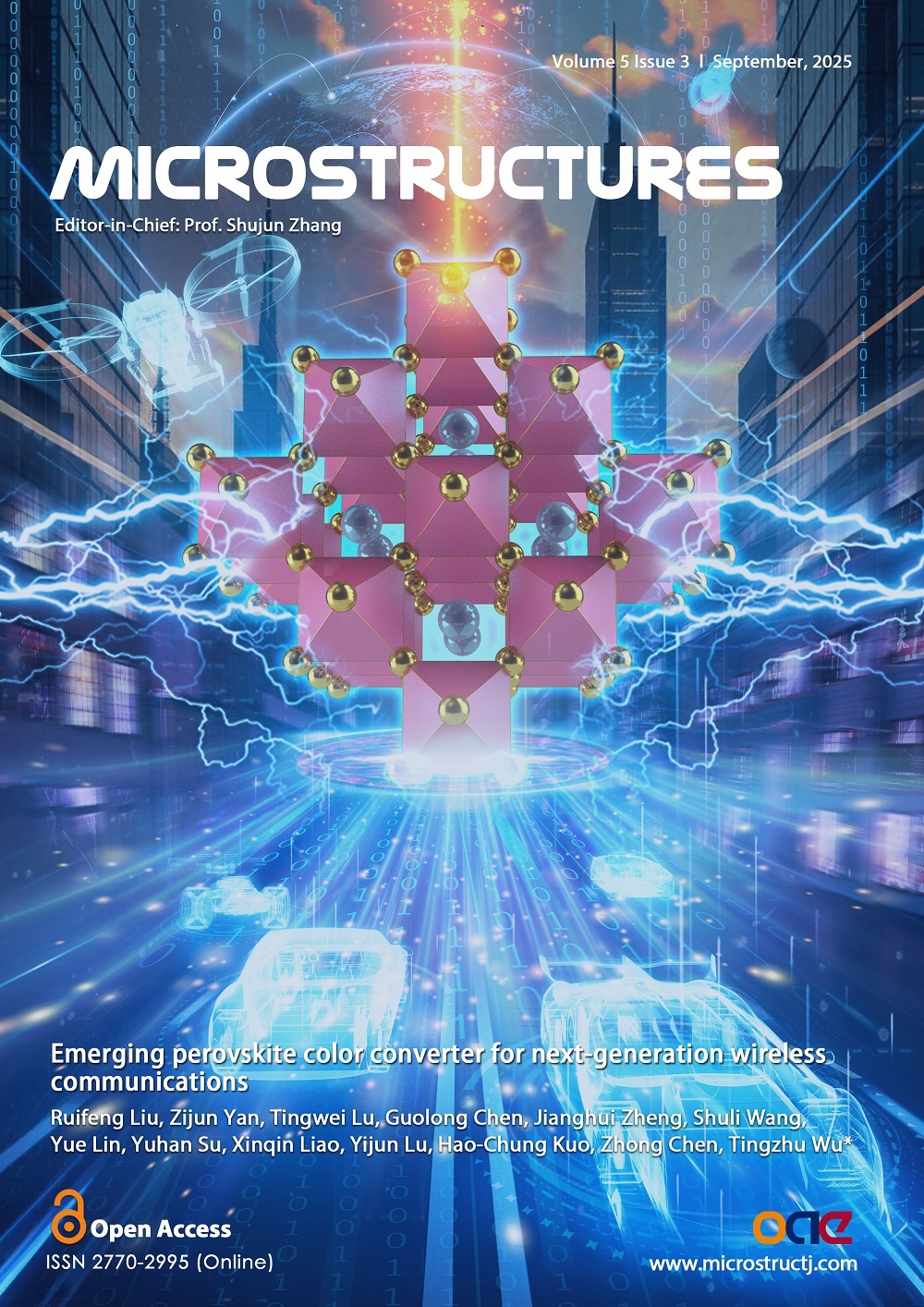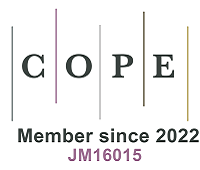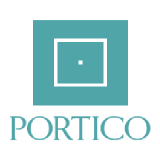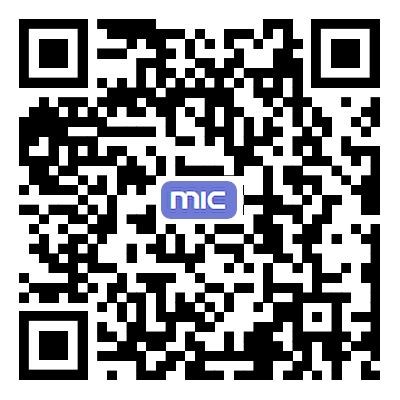Volume 5, Issue 3 (2025) – 25 articles
Tin halide perovskite solar cells (THPSCs) are an eco-friendly alternative to lead halide perovskite solar cells. However, defect formation hinders their commercialization. Specifically, the oxidation of Sn2+ to Sn4+ generates defects, which increase background current due to charge recombination and consequently degrade device performance. This review explores the use of two-dimensional (2D) materials and additives to enhance the performance and stability of THPSCs. 2D materials improve charge transport, passivate defects, induce vertical alignment, and enhance structural stability against moisture. Additives optimize film morphology and interface properties by promoting grain growth and reducing defect density. These approaches increase the power conversion efficiency of THPSCs by up to 15%, demonstrating their commercial potential. The synergistic effects of 2D materials and additives are analyzed, and critical strategies for their combined utilization are suggested to develop high-efficiency and stable THPSCs.
Color converters are indispensable components in photoluminescence white-light devices. As optical wireless communication (OWC) systems leveraging solid-state lighting (SSL) continue to evolve, the development of next-generation color conversion materials has become a pressing priority to meet the stringent requirements for both high-quality illumination and high-speed data transmission. Halide perovskite quantum dots (PQDs) have emerged as promising candidates due to their exceptional color purity, high photoluminescence quantum yield, and fast response time. However, the commercial viability of PQD-based SSL-OWC systems is persistently impeded by several challenges, such as insufficient modulation bandwidth, inadequate long-term stability, and reliance on toxic elements. This review delves into the applications of PQD-based color converters within the realm of OWC. Initially, we conduct a theoretical investigation into the factors that influence the modulation bandwidth and transmission rate of PQD-based systems, revealing the significance of reducing PQD particle sizes in enhancing these parameters. Subsequently, we provide a comprehensive overview of optimization strategies across four critical aspects: the selection of excitation sources, the refinement of PQD structure and encapsulation, the deployment of modulation schemes and multiplexing techniques, and the advancement of lead-free PQD alternatives. Finally, we summarize different types of PQD-based OWC applications, including white-light-based visible light communication transmitters, underwater wireless optical communication transmitters, and color-converting photodetectors. These applications underscore the dual functionality of PQD layers in both illumination and the facilitation of wavelength-tunable OWC.
